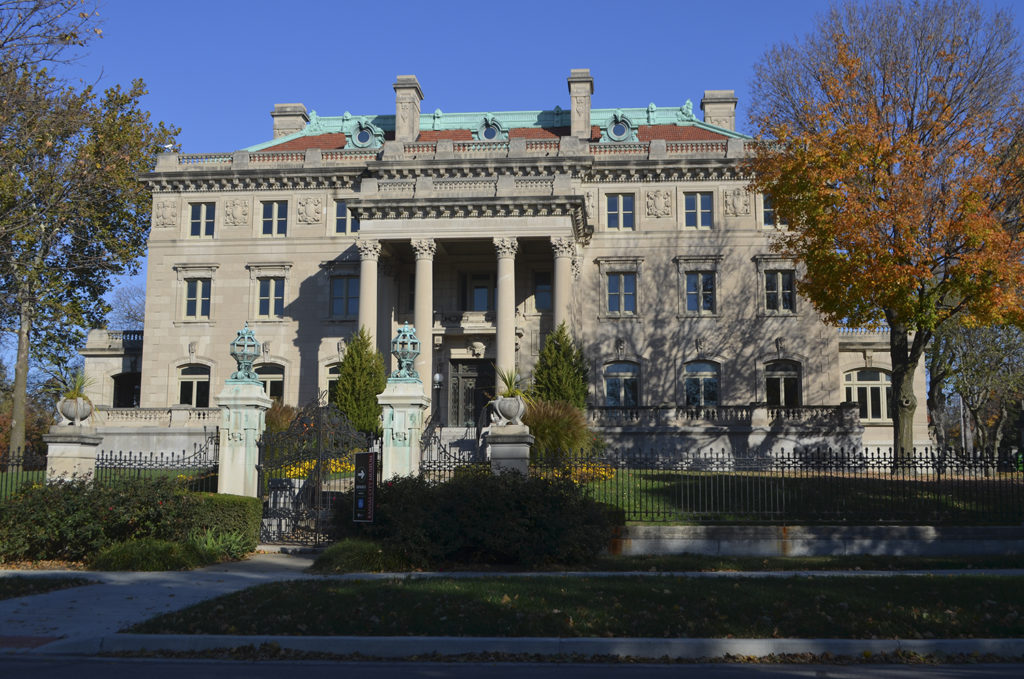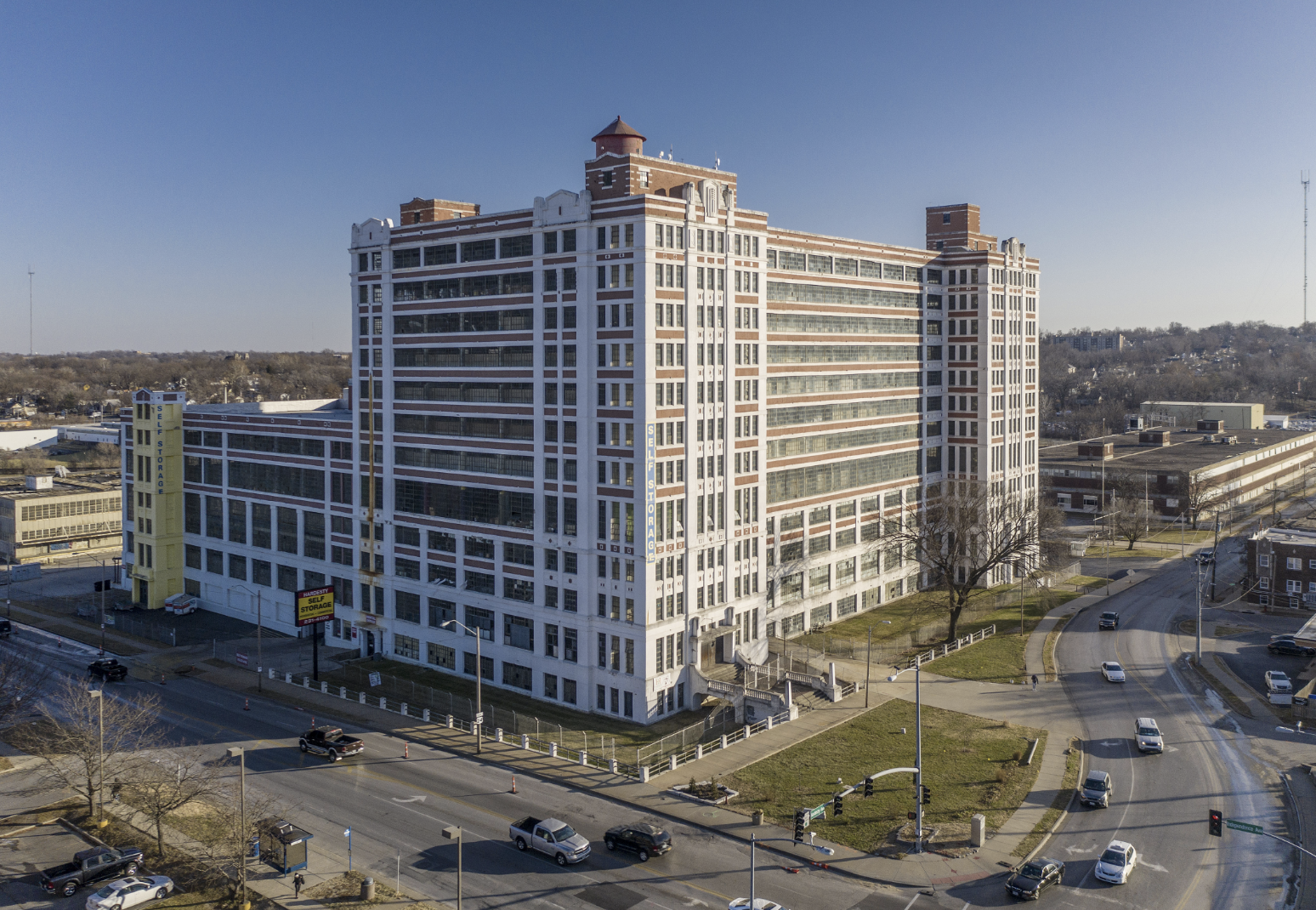
Abby Hoover
Managing Editor
The Kansas City Museum Foundation (KCMF), the governing body of the Kansas City Museum, now owns its collection after the sale and transfer from the City was approved on May 26.
With Ordinance No. 220449, the sale transfers ownership of the City-owned portion of the collection to the nonprofit foundation.
“It’s actually been a strategic goal of the Museum to transfer the ownership of the City-owned materials to the Kansas City Museum Foundation,” Executive Director Anna Marie Tutera said. “We set that goal officially back in 2016, I believe, but had been really working towards this since 2014, when Parks took over, just like it was a long term goal for the Kansas City Museum Foundation to take over governance, management and operation of the Museum.”
Museum duties transferred from the Kansas City Parks and Recreation Department to the KCMF in May of 2021. In that cooperative agreement, they talked about the collection being transferred in May of 2022.
The collection is now co-owned with Union Station, also a nonprofit organization, following the sale of the City’s portion of the collection to KCMF for $1.
“We’ve been working on this for a long time, and it’s just the next evolution of the board and our work,” KCMF Board President Allen Dillingham said.
Dillingham served on the Board of Parks and Recreation from 2011 to 2019, giving him experience with the transfer of responsibility to foundations for entities on properties owned by the Park Department.
“It’s amazing what Parks touches in this city, we had presentations about all the projects going on like the Kansas City Zoo, Starlight, World War I Museum, those are all entities that are on properties owned by the Parks Department,” Dillingham said.
The model used to transfer those to foundation management was followed closely by the Museum in its May 2021 transition.
“[The Park Department] is still involved, but we have the foundation now and have a great group of community and civic leaders on the board,” Dillingham said. “We’re very excited. This allows us to do more fundraising and it puts the collection under us.”
One of the benefits is that it will help the Museum achieve accreditation, a process the Board and staff will look at starting next year. When the Kansas City Museum Association went for accreditation in the 1980s, the review strongly recommended this action.
“We’re getting ready to do a refresh of our strategic plan and business plan and that’ll be one of the things we talked about is the timeline towards Museum accreditation,” Tutera said.
Because the KCMF governs, manages and operates the Museum, and is now the steward of the Museum, it makes sense for them to also be the owner and steward of the collection, Tutera said.
“We know this from case studies that have happened at other institutions, sometimes – because cities that own collections often see those collections as financial assets – the collections are vulnerable to cities selling off collections when cities are in dire straits financially,” Tutera said. “We wanted to prevent that and safeguard the collection from that ever happening in the life of the Museum or the life of the collection.”
Under the ownership of the KCMF, the collection is considered cultural heritage materials, not financial assets. The agreement also removes liability from the City to pay for the care, management, storage, and insurance of the collection.
Tutera and Museum staff were grateful and pleased with the full support of the Transportation, Infrastructure and Operations Committee.
“That entire committee supported the ordinance and asked really great questions,” Tutera said. “Melissa Robinson, in particular, asked some really fantastic questions that allowed me and the chair of our board, Allen Dillingham, to really talk through our collection policies and procedures and practices, and talk through the difference between insurance value and market value. So I really was grateful to have that time with them.”
However, they were surprised by the lack of support when the ordinance made it to the full Council.
“I do think Council members asked really good questions, and I hope to have the opportunity to clarify some of the answers that were given,” Tutera said. “I think that as we meet with more Council members and really talk about how and why we collect and how and why museums collect in general, we might be able to provide some clarifications that I think will then garner more support overall of the decision that was made.”
Containing more than 100,000 objects, the historical artifacts and archives of the collection offer a rich sampling of Kansas City’s local and regional history while representing the daily lives of past generations. The collection is broken up into groups. The archives contain a wide variety of source materials, including notable photograph collections and a strong collection of local aviation materials. The Clothing and Textiles Collection is one of the largest and best represented collections of clothing materials in the Midwest. The Museum is home to the Loula Long Combs collection, a medical collection, firefighting collection, transportation collection, the Daniel and Ida Dyer Collection of Native American Culture, and the Historic Garment District Museum’s collection of historic clothing and archives. More information on the Museum’s collections can be found at kansascitymuseum.org/collections.
“We often get asked the question, ‘Why isn’t everything on display?’ or, ‘Will everything be on display?’ And I always answer by saying no museum that’s a collecting museum ever has all materials on display at one time,” Tutera said. “And, in fact, we collect not just to display materials and exhibits, but to preserve those materials into perpetuity. We are stewards of those objects, and each of those objects leads to a multiplicity of stories.”
The Museum helps to preserve those stories for research purposes and is always looking for ways to make the collection more accessible. The board’s priority is to catalog and make the collection searchable online to be used as a public resource.
“That can happen through exhibits, but it also happens through programs, that also happens through the ability of the public to research the collection online,” Tutera said. “So as we start to create the exhibit interactives for Corinthian Hall, which we are actively doing, one of one of the components will be a database for the public to access that collection digitally.”
The Kansas City Museum maintains a growing collection, adding hundreds of objects every year, with many items coming from the local community and surrounding region. Those interested in making a gift to the collection, or for research, can contact Director of Collections and Curatorial Affairs Denise Morrison at 816-702-7703.
The transfer of ownership will not change Museum collection policies and procedures, curating the collection, building exhibits, or how materials are cataloged, stored or cared for.
“We still maintain the highest standards caring for and exhibiting the collection,” Tutera said. “This was a really huge step for us, and it was a long time coming. I’m really grateful that this got passed and that we did get so much support from the City Manager’s office, from City Council, because these are really complex issues to understand and deal with when city municipalities own collection materials.”
Dillingham said the Museum’s funding model is now similar to other institutions, where a government entity typically doesn’t own collections and artifacts.
“It’s very important that you have professionals that are managing and taking care of the exhibit and all the artifacts that we have,” Dillingham said. “This allows us to have complete control over all of that and work with our partner, Union Station, where we have a lot of the artifacts stored… This allows us to be in control of all of that and be able to handle it to make sure it’s preserved perfectly for the next generation.”
Tutera applauds the efforts to really understand why the foundation should own the collection.
“A year ago we weren’t sure this was going to happen, so it was great to finally take this step,” Tutera said. “I think that there’s always more opportunity for conversations about what each of us do at museums and why we care for collections, how we make choices around curating and programming.”
Many nonprofit institutions throughout Kansas City such as the National World War I Museum, Bruce R. Watkins Cultural Center, Black Archives of Mid-America, and others, own their collections.
However, the American Jazz Museum is the only City-affiliated institution that doesn’t own its collection, Tutera noted.
“It was really important for us, in going through this process with the City Attorney’s office and City Manager’s office, to set a really good precedent,” Tutera said. “In the event that the American Jazz Museum as a nonprofit wants to own its collection materials, there’s a path forward to do that… We want to set a really good precedent for our partners and our colleagues to do the same if they choose to do so.”
The Kansas City Museum at 3218 Gladstone Blvd. reopened in October 2021 following an extensive restoration and renovation of Corinthian Hall. As the Museum heads into the next phase of its project, Corinthian Hall will remain open Thursdays 10 a.m. to 8 p.m., Friday and Saturday from 10 a.m. to 5 p.m. and Sunday from 12 to 5 p.m. More information can be found at
kansascitymuseum.org.


















